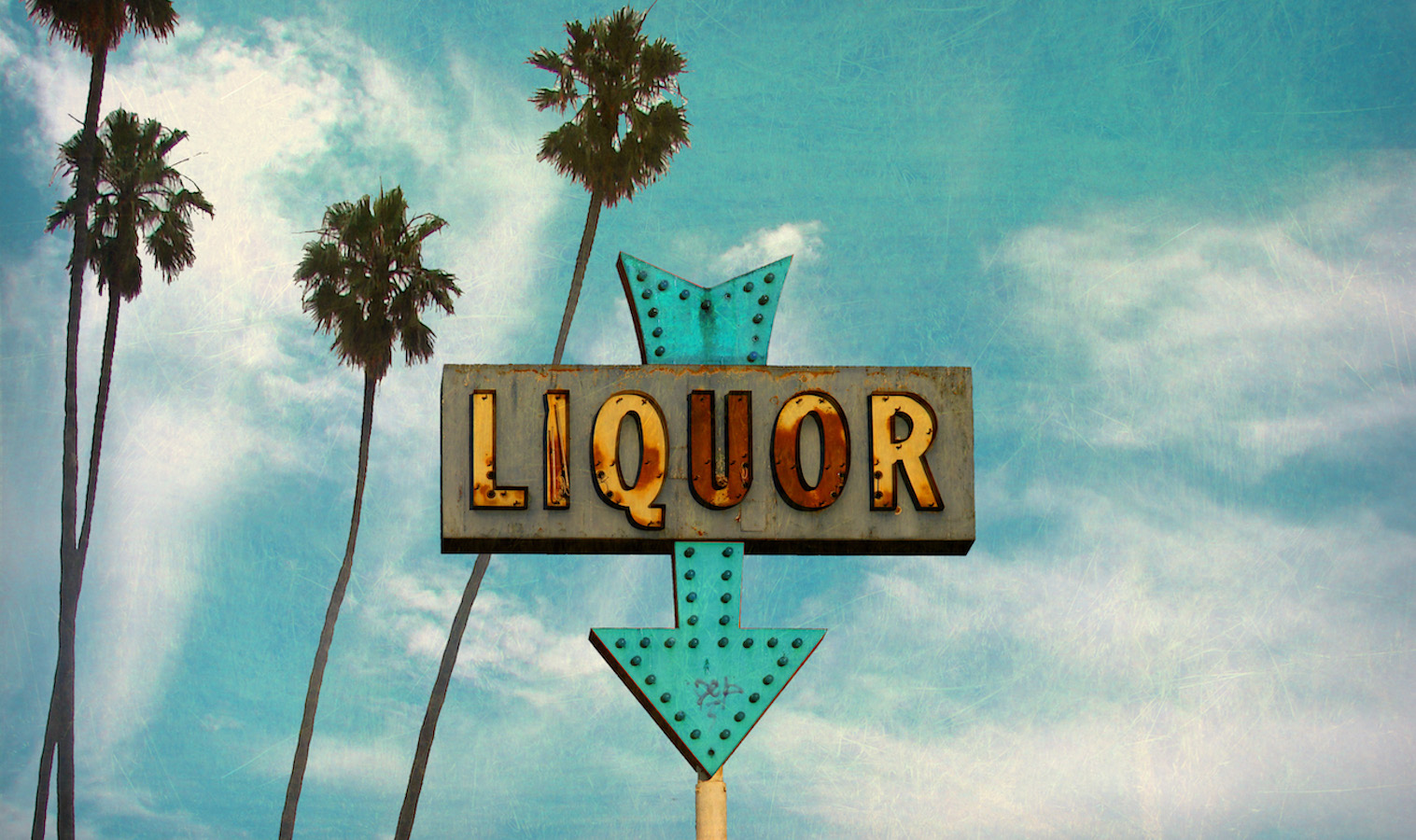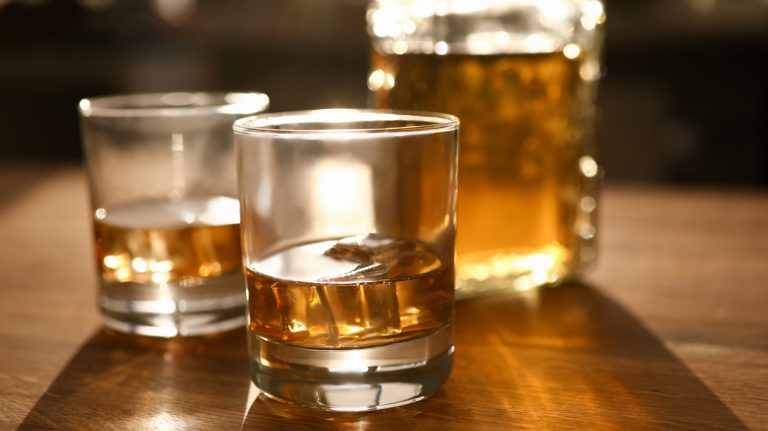
Here’s a word of warning for anyone who comes on a trip with me: If your idea of a great afternoon involves modern art museums or taking in a matinée, you’d better find a different traveling companion. I mean, I like a good cultural experience as much as the next former liberal arts major, but whenever I visit a new city, I don’t automatically head for the marquee sights—I pop into the local liquor store.
It’s not that I absolutely must have a bottle of whisky as soon as I disembark from the plane (although I often do like to pick up something for the time I’m in town). It’s that the liquor store helps me get oriented to local tastes, customs, and habits. I scan the shelves, taking in familiar labels but mostly looking for those that stand out—a locally made brand, a private-barrel pick, or a long-forgotten bottle of single malt I haven’t seen in my city, New York, for years. I’m not dusty-hunting—trying to track down old or rare bottles—though I do get a thrill to happen upon a discontinued Highland Park 15 year old or Booker’s release from years ago.
What I’m doing is orienting myself. The aisles of a liquor store, whether narrow and crammed or light and airy, yield as many delights as the proverbial candy shop to a small child, and I find clues about the local drinking culture by examining which bottles are for sale, at what prices, and in what quantities. A large selection of locally made bourbon and rye means that this store supports its neighbors; even better if there’s a whole section dedicated to the area’s distilleries, which gives me ideas about where to visit while I’m in town. Lots of independent bottlings tell me that the buyer has a penchant for unique whiskies and is likely willing to talk geeky details.
Other signs are less positive; dust on the shoulders of bottles, or an outdated batch number, indicate that certain whiskies sell slowly—or not at all. Maybe, then, this isn’t a big whisky town. What’s in the discount bin? It could be a long-unsold diamond in the rough—or two dozen minis of grape-flavored bourbon. But even stores where whisky takes a backseat can be treasure troves. I’m thinking of a South Boston corner store, which shall remain nameless, that does most of its sales in cases of macro lager and bottles of cheap wine. The whisky is hard to spot, tucked on back shelves and crammed atop coolers, but the varied assortment of in-demand Japanese whisky, high-end single malt scotch, and even Kavalan, all sold at SRP—or lower, if the bottle has lingered up there for a few years—makes even a casual pop-in exciting.
Whatever I find—even the heaps of flavored stuff—helps me get my footing in an unfamiliar area, because whisky is something I understand. For whisky lovers, our chosen drink is a universal language of sorts, and local preferences act more like dialects, easing us into the conversation of that place. Talking with the clerk at the store sheds even more light on the local “vocabulary;” I can ask questions about the area’s distilleries, what customers are buying lately, and which bars have the best whisky lists. Sometimes I even find out about a tasting going on that night, or an upcoming whisky event. (My favorite shop in Edinburgh, Royal Mile Whiskies, is great for these sorts of recommendations). This conversation helps me learn about whiskies I’ve never tried, and directs my attention to those I might be overlooking. As someone who does the recommending most of the time, it’s a treat to reverse the roles.
And every so often, I get the thrill of bagging an under-appreciated gem. On a recent trip to Charlotte, my brother, brother-in-law, and I crossed the border into South Carolina, where alcohol prices and selection are better, and picked up several bottles. The store clerk nodded approvingly at the Bruichladdich 2010 Islay Barley and Belle Meade Cask Strength Reserve, but had nothing to say when he rang up the 50% ABV Smooth Ambler Contradiction. His unfamiliarity with the bourbon, and the fact that it was still on the shelf, was our good fortune; Smooth Ambler lowered the proof of Contradiction to 46% ABV last year, which negatively impacted its quality—but the 50% ABV version was there for the taking because, in that store, no one realized what it was.
Travel is one of the great joys of life, whisky-related or not (although whisky-focused trips are a special delight; the Summer 2019 issue of Whisky Advocate details travel itinerary ideas for four of the world’s greatest whisky cities). I’ve visited liquor stores as far away as India and as close to home as Flushing, Queens. Even when I don’t intend to buy anything, the pleasure of being surrounded by bottles—each waiting for someone to pick it up, take it home, open, and enjoy it—feels familiar and exciting all at once.





